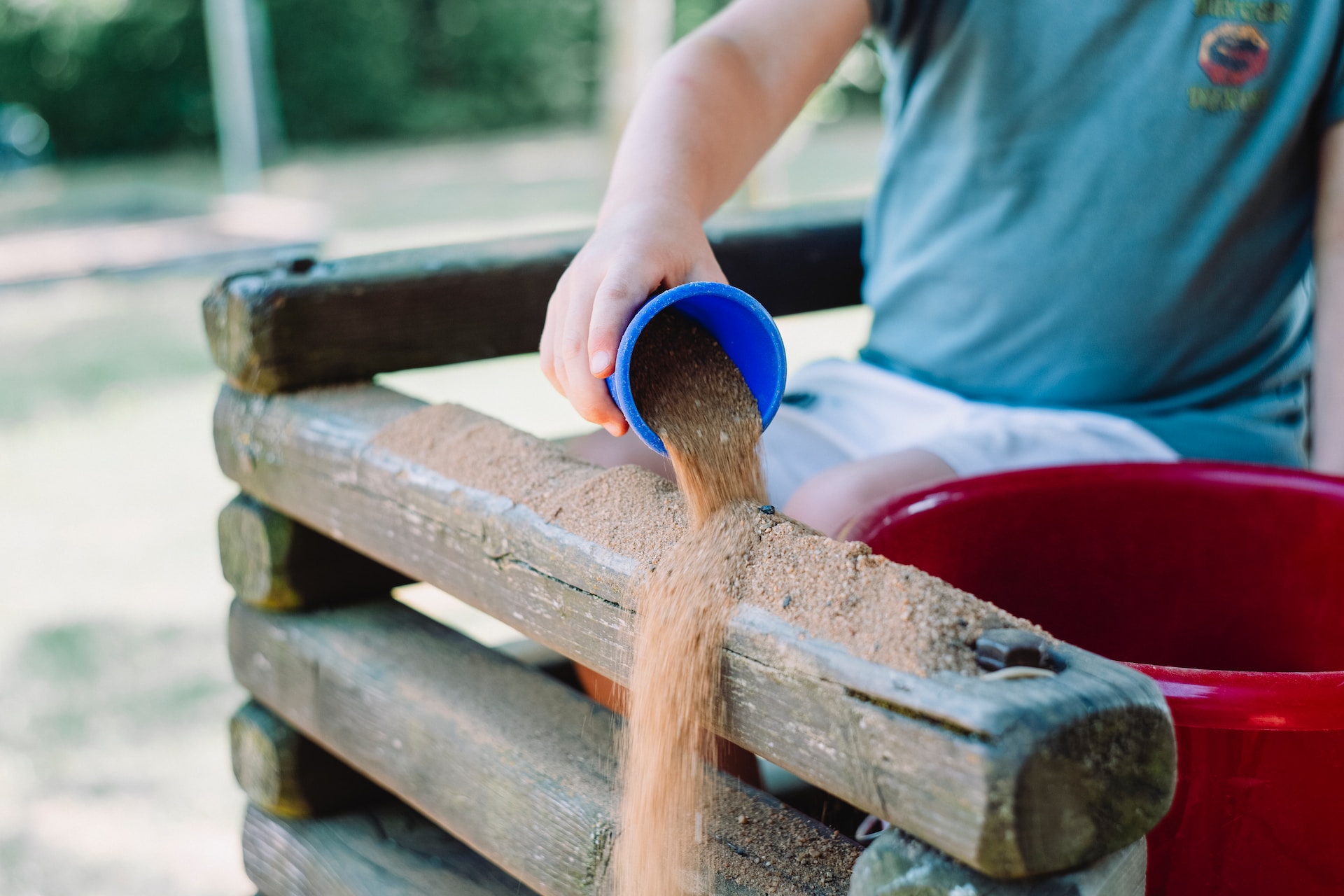Every time you and your children watch an animal show on TV, their eyes light up. You see in them a genuine interest in nature at such an early age, evident in the shows that they watch and toys they choose for themselves.
Why not nurture that passion by visiting a nature park?
The benefits of visiting a nature park
From zoos to aquariums to indoor nature parks, interacting with flora and fauna offers multiple benefits and learning opportunities for both kids and adults. Here’s a quick look at these benefits.
Language development
When kids are exposed to wildlife, especially during their early years, they acquire new concepts that expand their vocabulary. Furthermore, as they explore each park, they interact with the people around them, helping them further hone their communication skills.
Learning opportunities
Learning about plants and animals in an environment that is a close replica of their natural habitat is vastly different from seeing them on TV or learning about them within the four corners of the classroom.
Children’s minds are like sponges, ready to absorb bits of information, information that they can retain and use later in life. Zoos, aquariums, and nature parks are perfect venues for added learning because these places engage the different senses of young learners, from sight to touch to hearing.
Immersive experiences
Some parks offer interactive experiences for visitors. Instead of merely watching plants and wildlife, you and your kids can touch or feed the animals.
This can spark your kids’ curiosity, which, in turn, fuels creativity and the desire to become a lifelong learner.
Environmental awareness
Sometimes, it can be difficult to grasp concepts like the conservation of endangered plants and animals when these are far-removed from your daily life.
When visiting an indoor nature park, zoo, or aquarium, your children immediately know what’s at stake. It then becomes easier to teach them the value of taking care of the environment.
Discipline and respect for life
Parks and zoos impose rules for the protection and wellbeing of their residents. As visitors, you and your child need to strictly abide by these rules, a good value that you can bring to your home.
Fun for everyone
Seeing animals in person is an activity that can amaze practically anyone, young or old. Take this as an opportunity to momentarily move away from your routines and enjoy the company of your family.
Exploring the park is a great way to include some exercise and briefly stay away from the screens of computers, smartphones, and other devices.
Planning your visit
Interested in visiting a nature park, zoo, or aquarium? Here are a few tips that will make the trip more comfortable and more enjoyable for you and your young ones.
Visit the park’s website
Do a quick Google search and find the website of the park you are planning to visit. Alternatively, you can check out their social media site.
By visiting the park’s online assets, so you’ll get a fair idea of what to expect, from the animals, facilities to other park attractions it offers. It is also a great way to know what the rules the park implements.
Dress for comfort
Save your stylish get-up for another day. Because you are going to spend the rest of the day exploring the park or zoo, comfort should be your primary goal when dressing up. That applies to both adults and kids.
At the very least, wear comfy shoes so you can forgo hassles like sore feet and blisters.
Consider bringing a stroller
Exploring the park can be tiring, even for energetic kids. As such, you might want to bring along a stroller. Better yet, check the park’s policies on its website regarding bringing strollers. The park may offer a few for rent, and you might want to take advantage of that instead of packing the one you own.
Make sure your phone is fully charged
Whether it’s your children’s first or nth time visiting the park, you want to capture their moments of amazement and wonder, either with your smartphone or a camera.
Make sure that your phone’s fully-charged before going to the park. It doesn’t hurt to bring along a power bank or extra batteries if you are going to use a camera. Also, make sure that you have ample space on your memory card.
Keep yourselves hydrated
Most parks have refreshment stands where you can sample their yummy goodies. But it doesn’t hurt to bring a few snacks and water stored in reusable bottles. Just make sure that you properly dispose of your trash afterward. Check the park policies about bringing in food and drinks before going there.
Safety first
A few days before your trip, check out the safety policies being enforced at the park. This is also an opportune time to talk to your kids regarding the issue of safety.
During this talk, tell them what you expect from them rather than giving them instructions at the park. This means you can just give them some reminders when they become overly excited during the visit.
Be mindful of the park rules. These are enforced for the safety of the visitors as well as its inhabitants.
If the place has several attractions and a few shows, you might want to draft a schedule so that you can make efficient use of your time during your visit. List down the attractions that you want to check out instead of going for the first ones that capture your children’s attention. You’ll be covering more ground with this approach.
Finally, tell your children what time you are planning to go home. This will make it easier for you to coax them to say goodbye to the park’s inhabitants when it’s time to go.
Importance of Children Being Out in Wildlife
1. Children Are More Creative
Children who spend time outdoors are more likely to come up with original ideas because they can engage all of their senses, not just sight and sound, and use their imaginations. Children who played in playgrounds with natural settings were found to engage in more imaginative and imaginative play than children who played in traditional playgrounds with asphalt and structures.
They had better attention spans, were more adept at using their bodies, and were more likely to come up with their games. This may be because there are more things in nature that don’t have a particular purpose, allowing kids to give them any meaning they want.
2. Children Have More Friends
Children who spend more time outdoors are more likely to have friendships that are founded on their creativity and resourcefulness rather than their physical strength and ability.
3. Children Can Focus Better
Spending time in natural settings can help people of all ages, but especially children, with Attention Deficit Hyperactivity Disorder (ADHD) improve their ability to focus.
4. Children Can Kindle Their Love for Nature
Disruptions caused by humans are a part of life, but the great outdoors is calling your name.
When you let your children observe a large number of ants, birds flying in the sky, a vast forest, or a large body of water, you will be reminded that you let them broaden their horizons in all aspects of their development: physically, emotionally, and mentally.
You are helping children develop an appreciation for nature and, over time, a recognition that these places are worth conserving when you give them the opportunity to identify with their surroundings and feel a sense of belonging there.
5. Children Can Learn More About the World
Children can be encouraged to develop an appreciation for the world around them and their place in it by being exposed to the varied aspects of nature, such as the distinct animals, landscapes, and climates. This can also help them understand their place in the world.
For example, taking your kids to see a river or stream gives you the chance to not only educate them about the environment in which fish live but also to show them where the water they drink comes from, which is one of the most valuable resources in life.
Ways to Increase Time With Wildlife
1. Model-Desired Behavior
Which of the following would you like to see develop in your children’s connection to the natural world:
- curiosity,
- enthusiasm,
- stewardship,
- creativity,
- enjoying the simple things in life?
Whatever it is, if they see you modeling it, it will significantly increase the likelihood that they will develop that trait. Do they:
- see you carefully examining the parts of a bug or plant – perhaps after looking up the life cycle?
- hear yourself exclaiming about the beauty of a fall day, smelling a flower, tasting fresh vegetables from the garden, touching a worm, and listening to the wind?
- see you properly disposing of your trash or picking up someone else’s litter?
2. Make it Fun
Choose an activity that both you and your children will enjoy, such as having a picnic in your backyard, following animal tracks in the snow, or jumping into a pile of leaves in the fall. Make it a family affair or invite friends. Whatever will make it more enjoyable is worth a shot.
3. Start Small
If you have a garden full of weeds because it was so much fun planting seeds but it was too big to maintain, or if you come home from a long hike with blisters on your feet, there is a good chance that neither you nor your children will want to repeat the experience.
Begin on a small scale, such as by placing a tomato planter outside your back door or going for a stroll around the neighborhood after dinner. Keep them wanting more after doing it.
4. Put Technology on Hold
Screen time appears to be the activity that poses the most formidable challenge to engaging in any activity, including going outside to enjoy nature. Children are given more opportunities to explore other things, including nature if you will limit their use of electronic devices.
It is preferable for children under the age of two to have no screen time at all, and for older children to have no more than one to two hours of educational, nonviolent screen content per day.
5. Schedule Time for Nature
It’s easy to lose sight of our goals if you don’t make time for them in your hectic schedules. With hectic schedules, you may discover that the only way to ensure that your children have free time for nature is to incorporate it into your family routine.
Putting nature in the healthy, necessary category rather than the leisure category in your life can help you keep your priorities straight. You can also incorporate the use of nature into your daily activities.
As a parent, for example, you can begin their days by opening the blinds and possibly even cracking open the windows to see and hear the sunrise.
6. Solicit Input
Children are far more likely to want to spend time in nature if they have a say in the matter.
One option is to call a family meeting and brainstorm ways to spend more time outside. There is no such thing as a crazy or impractical idea when it comes to brainstorming. Unworkable ideas can be modified or eliminated later, but for now, the goal is to let your imagination run wild.
After spending time in nature, discuss what everyone liked and disliked and adjust plans accordingly.
A must-try experience for everyone
Seeing animals on TV and reading about them in books is an excellent way to teach your kids about the value of saving the environment. But nothing beats seeing these in person, whether in a nature park, zoo, or aquarium. Plus, such visits are a great way to teach your children different concepts and values that would prove helpful later in life.
Introducing nature into our children’s lives can boost their creativity and alertness, as well as help them focus better. You will be passing on the value of knowing and respecting Mother Earth to your children if you plan outdoor activities that you and they both enjoy. At the same time, you will be creating a way for your family to spend time together that will strengthen your bond.



